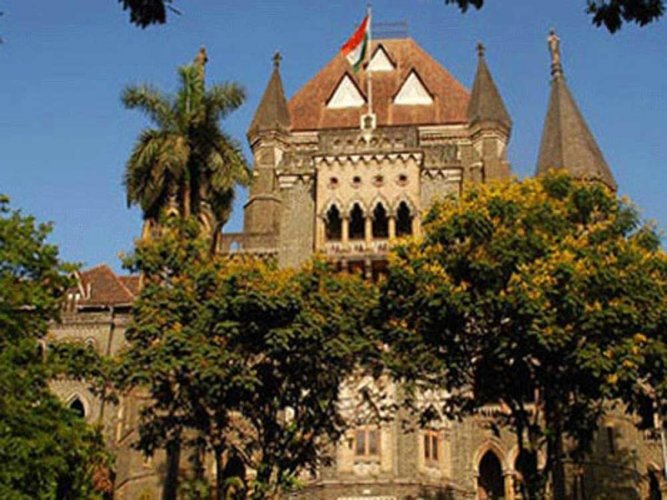
Bombay HC: Can't bring a hammer to kill an ant, Centre's IT rules may be excessive

The Bombay High Court expressed its view on Friday (July 14) that the recently amended Information Technology (IT) Rules, which aim to combat fake content on social media platforms concerning the government, may be excessive.
The court humorously remarked that using a hammer to kill an ant is not an appropriate approach.
A division bench of Justices Gautam Patel and Neela Gokhale also said it still does not understand the need behind the amendment to the Rules and stated it finds it difficult that one authority of the government is given absolute power to decide what is fake, false, and misleading.
Also Read: Amendment to IT Rules: Won’t notify fact-checking unit till July 5, Centre tells Bombay HC
In a democratic process, the court said, the government is as much a participant as a citizen is and hence a citizen has the fundamental right to question and demand answers and the government is duty-bound to respond.
The bench was hearing a bunch of petitions challenging the amended IT Rules. Stand-up comedian Kunal Kamra, the Editors Guild of India and the Association of Indian Magazines have filed petitions in the HC against the Rules, terming them arbitrary and unconstitutional and claiming that they would have a chilling effect on the fundamental rights of citizens.
The court also questioned who will fact-check the Fact Checking Unit (FCU) that is to be set up under the amended Rules.
There is an assumption that what the FCU says is undeniably the ultimate truth, Justice Patel said.
Also Watch: New IT rules: Censorship slicker, smarter, and tech driven
On Friday, advocate Gautam Bhatia, appearing for the Association of Indian Magazines, started putting forth his arguments against the Rules. Bhatia told the court that there are less restrictive options available to keep a check on fake content on social media.
The bench noted that offline content has some filtration but there is no such fact-checking for social media intermediaries as of now.
There should be some fact checking. At some level, someone must do fact checking of content on social media. But you (petitioners) may be right to say that this (Rules) are excessive. You cannot bring a hammer to kill an ant, the court said.
Keeping the aspect of excessive aside, the bench said, it is not yet able to understand what was the need for this amendment to the IT Rules.
What is the concern that necessitates this amendment? What is the anxiety behind it? I still do not know, Justice Patel said.
The bench said no person is claiming a fundamental right to lie and all that a citizen is saying is that they have a right to defend the correctness of their statement.
Also Read: IT rules: PIB likely to flag, junk ‘fake news’ on Google, Facebook, Twitter
The bench said on the internet everything and everyone is a date and binary and a person can be anything they want and this was not necessarily impersonation.
The court said the Rules were also silent on the boundaries of what is fake, false, and misleading.
The bench referred to the Citizenship Act and said, If someone writes an opinion that the effect of the provisions of this Act was such and such, then could such an opposing view be ordered to be taken down as fake, false, and misleading? Because statute comes under government business.
Is there nothing in the Rules that gives us a clue as to what the limit is? That this is the limit to what would be considered as fake, false, and misleading. Does speculation make it fake, false, and misleading, the court questioned.
The court also pondered how an authority set up by the government can decide with finality what is true and what is fake.
Also Read: IT rules for social media content: Centre extends deadline for feedback
I find it difficult that the Rules give the Fact Checking Unit absolute power to decide that this is fake and this is misleading. This is completely binary. According to me, except a court of law, nobody has the authority to pronounce what is true and false. Even a court only says probably this may be the truth and probably this is false, the bench said.
The court added that even without the amendment, the government has the Press Information Bureau (PIB) that regularly posts on social media when there is any false or fake content.
Is it the government’s case that if not for the amendment the social media intermediaries will run amok, the court said.
On April 6 this year, the Union government promulgated certain amendments to the Information Technology (Intermediary Guidelines and Digital Media Ethics Code) Rules, 2021, including a provision for a fact-checking unit to flag fake, false or misleading online content related to the government.
The three petitions sought the court to declare the amended Rules unconstitutional and direct the government to restrain from acting against any individual under the Rules.
(With agency inputs)


